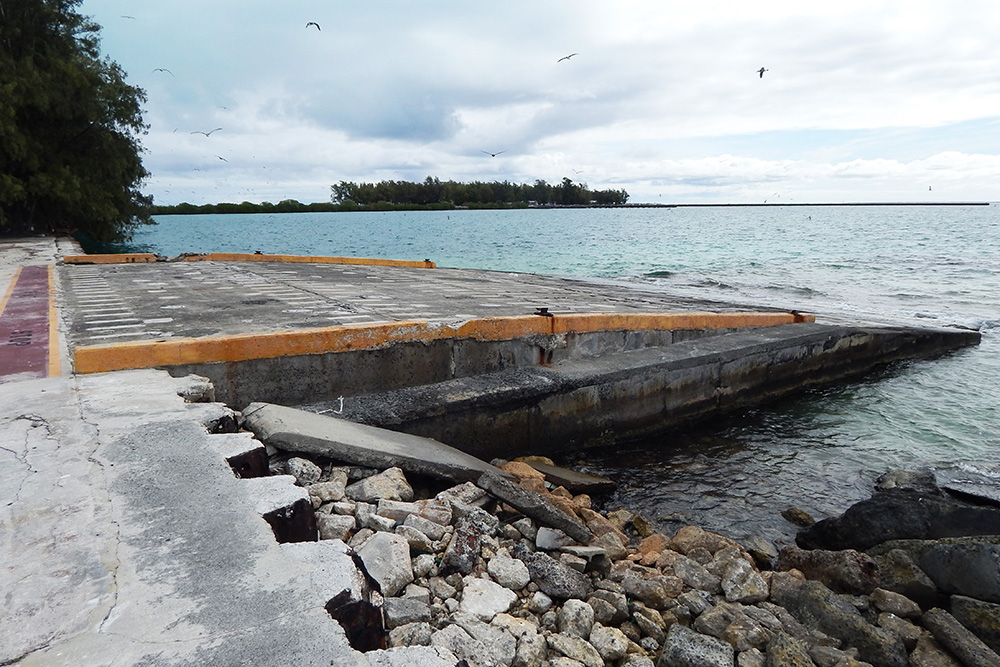McClusky, Clarence Wade, Jr. "Mac"
- Date of birth:
- June 1st, 1902 (Buffalo/New York, United States)
- Date of death:
- June 27th, 1976 (Bethesda/Maryland, United States)
- Nationality:
- American
Biography
Do you have more information about this person? Inform us!
- Period:
- Second World War (1939-1945)
- Rank:
- Lieutenant Commander
- Unit:
- Enterprise Air Group, U.S.S. Enterprise (CV-6), U.S. Navy
- Awarded on:
- October 1942
- Awarded for:
- Operation MI
Bureau of Naval Personnel Information Bulletin No. 307
- Period:
- Second World War (1939-1945)
- Rank:
- Lieutenant Commander
- Period:
- Second World War (1939-1945)
- Period:
- Second World War (1939-1945)
- Period:
- Second World War (1939-1945)
- Period:
- Second World War (1939-1945)
Sources
- - Recipients of The Navy Cross, 1916 - Present, by C. Douglas Sterner
- Clarence McClusky - Recipient - Military Times Hall Of Valor









